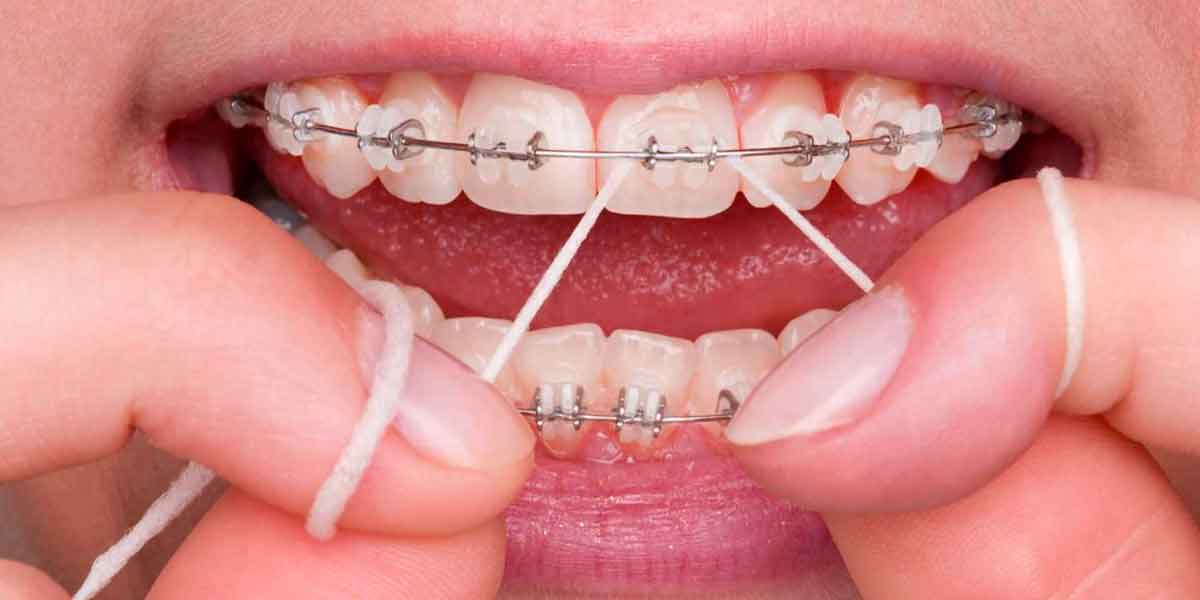Dental braces are commonly used in orthodontic treatment to correct teeth misalignment and enhance oral health. Although the idea of getting braces may appear daunting, the long-term advantages justify the investment. This article delves into the benefits of dental braces, the treatment process, and the significance of striving for a healthier, more attractive smile.
Advantages of Dental Braces
Dental braces provide more than just teeth straightening; they are instrumental in improving overall oral health and boosting self-confidence.
Improved Oral Health
Misaligned teeth can complicate maintaining proper oral hygiene, increasing the risk of dental issues like tooth decay and gum disease. Braces aid in aligning teeth correctly, facilitating effective brushing and flossing to reduce plaque buildup, cavities, and gum inflammation.
Better Bite Alignment
In addition to straightening teeth, braces rectify bite issues such as overbite, underbite, crossbite, and open bite. Correct bite alignment is crucial for efficient chewing, speaking, and preventing teeth wear, jaw pain, and temporomandibular joint (TMJ) disorders.
Enhanced Aesthetics
A well-aligned smile is linked to attractiveness and confidence. Dental braces significantly enhance smile appearance, elevating self-esteem and confidence, which can positively impact social and professional interactions.
Long-Term Savings
Though the initial cost of braces may seem high, they can save money in the long run by averting serious dental problems that require costly treatments. Investing in orthodontic treatment now can minimize the need for future dental procedures and enhance overall oral health.
The Process of Acquiring Dental Braces
Understanding the braces installation process can allay concerns and prepare individuals for what to anticipate. Here is an overview of the treatment process:
Initial Consultation
An orthodontist assesses teeth, bite, and oral health during the initial consultation. Treatment goals are discussed, and braces feasibility is determined through X-rays, photographs, and teeth impressions to create a detailed treatment plan.
Treatment Planning
A customized treatment plan is devised based on the initial evaluation, specifying the recommended braces type, treatment duration, expected outcomes, potential risks, benefits, and costs.
Placing the Braces
After finalizing the treatment plan, braces are affixed, entailing teeth cleaning, application of adhesive to attach brackets, placement of archwires, and securing with elastic bands. This process typically lasts one to two hours.
Adjustments and Follow-Up Visits
Regular follow-up appointments every four to six weeks are vital for monitoring progress, modifying treatment, and addressing concerns or discomfort to gradually shift teeth to desired positions.
Maintaining Oral Hygiene
Effective oral hygiene is essential during orthodontic treatment to prevent cavities and gum disease. Brushing after meals, daily flossing, and using mouthwash are key practices, along with possible recommendations for specialized cleaning tools.
Varieties of Dental Braces
Various types of dental braces are available, each with unique benefits and considerations, tailored to individual needs and preferences.
Traditional Metal Braces
The most common type, traditional metal braces consist of metal brackets and wires that are effective in treating a wide range of orthodontic issues. Modern versions are smaller, lighter, and more comfortable.
Ceramic Braces
Similar to metal braces but with clear or tooth-colored brackets blending with teeth, ceramic braces are less noticeable, making them aesthetically pleasing and popular among older teens and adults.
Lingual Braces
Placed on the back of teeth for invisibility from the front, lingual braces offer effective treatment like traditional braces but require specialized placement due to their hidden nature.
Invisalign
Utilizing clear, removable aligners to gradually straighten teeth, Invisalign is virtually invisible, offering convenience for eating, drinking, oral hygiene, and popular among adults and teens seeking discreet treatment.
Evaluating the Worth of Dental Braces
Determining the value of dental braces hinges on individual requirements, goals, and commitment to treatment. Considerations include dedication to treatment, long-term benefits, and cost factors.
Commitment to Treatment
Braces necessitate regular follow-up visits, proper oral hygiene, and adherence to orthodontist instructions. The outcomes are gratifying for those willing to invest time and effort.
Long-Term Benefits
The enduring benefits of improved oral health, better bite alignment, and enhanced aesthetics overshadow temporary inconveniences, elevating confidence and overall well-being.
Cost Considerations
Although cost can be a concern, payment plans and financing options make treatment affordable, potentially saving money on future comprehensive dental procedures by investing in braces.
In Conclusion
Dental braces are a valuable investment in oral health and appearance, warranting dedication and commitment for long-term benefits. Consult an experienced orthodontist to discuss options and craft a personalized treatment plan to attain a lasting, confident smile.




